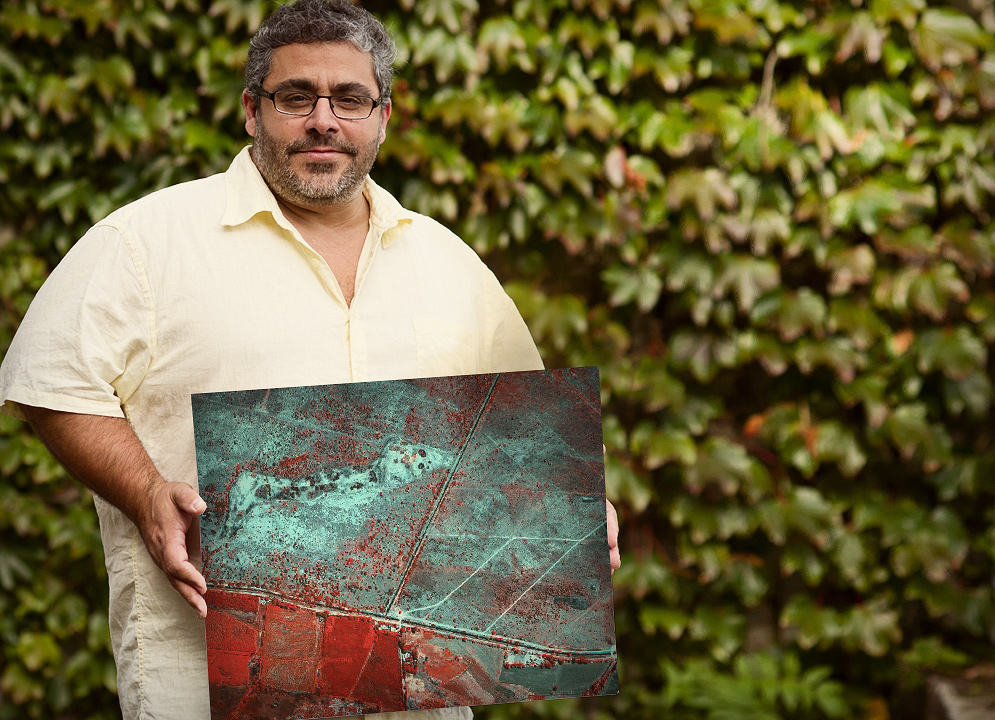For the past 1,500 years, crops have been grown with great success in the Chicama Valley on the north coast Peru, one of the driest places on Earth. The Moche people, who occupied the area from AD 100 to 800, cultivated chili peppers and potatoes, supplementing the area’s 0.2 inches of annual rainfall with water from an irrigation system that modern archaeologists only partially understand.
Today, irrigation in the Chicama Valley is typical of 21st-century agriculture. Only now, sugarcane blankets the region, much to the consternation of archaeologists, who know that ancient structures of the Moche people lie hidden beneath the ground. The densely grown 10-foot-tall stalks of cane are impossible to walk through without serious machete-wielding.
Boston University archaeologists have found a solution—remote sensing, which uses satellite cameras to record information about buried sites. Remote sensing is so effective that it can save archaeologists years of footwork by showing them where to dig, says William Saturno, a College of Arts & Sciences assistant professor of archaeology and a principal investigator of a Chicama Valley project funded by a NASA ROSES (Research Opportunities in Space and Earth Sciences) Space Archaeology grant.
“By using remote sensing, we essentially make the invisible visible,” says Saturno, who is collaborating with BU postdoctoral fellow Benjamin Vining (GRS’11) and archaeologists from Harvard and the University of Alabama. “We have the ability to see things that we would never be able to see by flying over a field or cutting down a field. We can get a sense of what no one else can see, and then use that to guide further research.”
Full Story














































Related Stories
Farouk El-Baz Tapped by Egypt President
Advisory council will have role in efforts to improve roads, education, other national projects
Picturing a Long-Gone Citadel
Was a Bronze Age city in Turkey abandoned because of climate change or fire?
Digging in the Shadow of Death
CAS archaeologist works to keep artifacts out of the clutches of ISIS
Post Your Comment